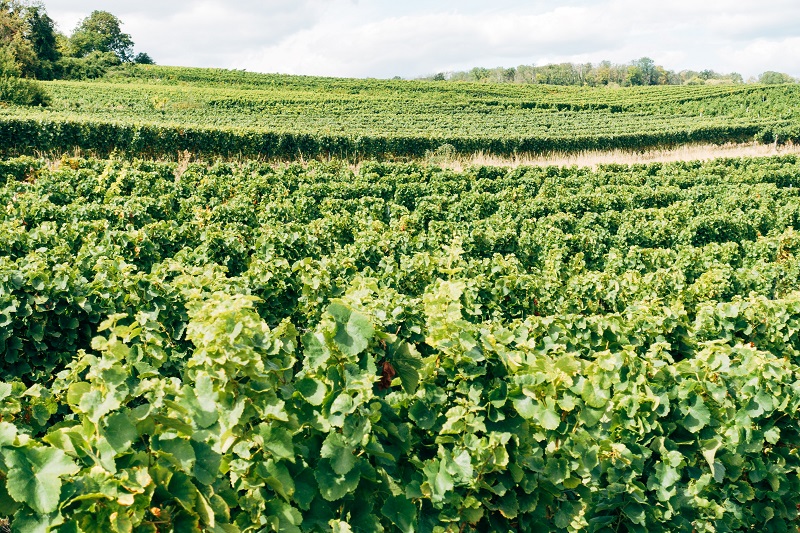Moth Find Prompts Sierra Foothills Quarantine
California and federal agricultural officials have declared a 103-square-mile quarantine after European grapevine moths (EGVM) were detected earlier this month in two traps, one in a vineyard in western Nevada County and the other in the Nevada City area.
Officials have already met with growers and begun notifying related businesses in the affected area, working with them to complete compliance agreements that determine how crops, plants, harvesting equipment and other items must be handled to prevent the spread of the pest.
“Quarantines are a necessary step in controlling and eradicating pest infestations,” said California Department of Food and Agriculture Secretary Karen Ross. “These regulations allow us to protect surrounding areas by preventing movement of the insects on crops, harvesting equipment, and related articles.”
Sierra Vintner wineries continue with business as usual while taking a proactive organic approach to protecting their grapes after the two pairs of EGVM were discovered. Sierra Vintners is a partnership of wineries located in Nevada County, CA, collaborating to promote the emerging wine region located midway between Sacramento and Reno in the Sierra Foothills. The region features 15 wineries and additional tasting rooms in the historic towns of Grass Valley and Nevada City, CA.
“All wineries and downtown tasting rooms are open with an abundance of finished wine to enjoy,” said Pilot Peak owner Lynn Wilson. “This ideal weather we are experiencing makes it perfect to come up for a picnic or tour one of our many locations.”
Over the past few weeks, crews have been spraying Bacillus thuringiensis (Bt) and setting traps throughout the area to eliminate any potential moth larvae. The products being used are completely safe for the environment, degrade quickly, and are non-toxic to humans. The spray is applied directly and contained within the plant system and, hence, only those insects that feed on the crop perish. No spraying is done on weekends so consumers won’t be concerned, though the product breaks down in sunlight.
“This is something that we need to deal with and take the proper precautions in doing so,” Phil Starr of Sierra Starr Vineyard recently told KCRA TV. “I am confident that by finding it early, growers will be able to rid this pest before it becomes a problem.”
A map of the quarantine area is available online at: http://www.cdfa.ca.gov/phpps/PE/InteriorExclusion/egvm_quarantine.html (scroll down to the heading “Quarantine Maps.”)
The pest was first detected in California in late 2009 in Napa County, leading to a quarantine covering portions of Napa, Sonoma, and Solano counties. Smaller quarantines have since been declared following detections of more isolated infestations in Mendocino, Santa Clara, Fresno, Merced and San Joaquin counties. The quarantines cover approximately 2,000 square miles.
The quarantines primarily affect farmers as well as those who harvest, transport, and otherwise process or handle grapes and other crops. These growers and business people generally sign compliance agreements that indicate how crops, vehicles, equipment, and related articles are to be handled and tracked during the quarantine.
EGVM, or Lobesia botrana, is found in southern Asia, Japan, Europe, North Africa, Anatolia, the Caucasus, and in South America. The pest primarily damages grapes, but has also been known to feed on other crops and plants.
The EGVM larvae, not the adult moths, are responsible for the damage to grapes. Larvae that emerge early in the spring feed on grape bud clusters or flowers and spin webbing around them before pupating inside the web or under a rolled leaf. If heavy flower damage occurs during this first generation, the affected flowers will fail to develop and yield will be reduced. Second-generation larvae enter the grapes to feed before pupating in the clusters or in leaves. Larvae of the third generation — the most damaging — feed on multiple ripening grapes and expose them to further damage from fungal development and rot. These larvae overwinter as pupae in protected areas such as under bark, and emerge as adults the following spring.










